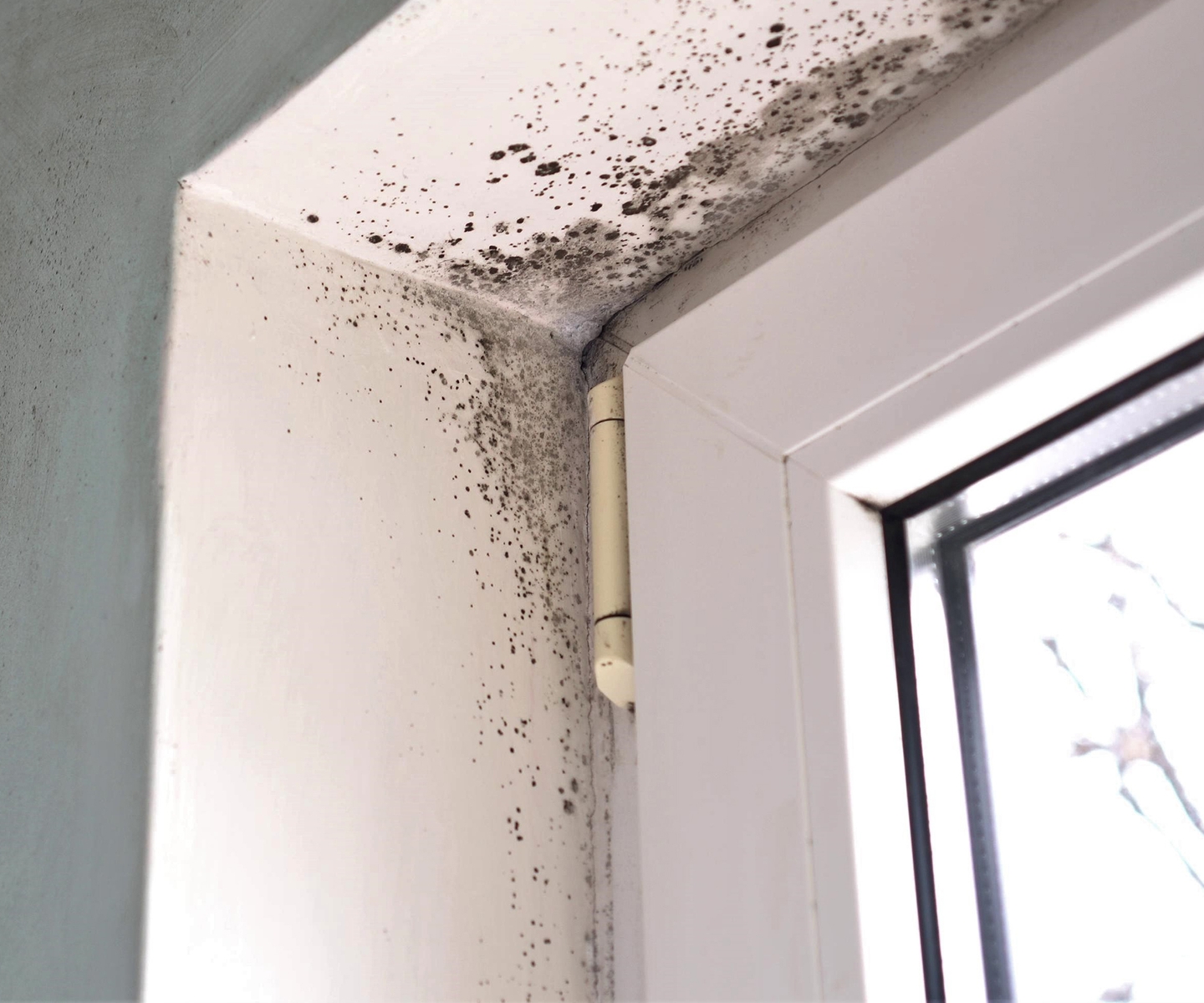Reliable Post Mold Remediation Cleaning Protocols
Specialist Tips for Blog Post Mold Removal Success
In the world of mold remediation, successfully eliminating mold is only half the battle; the true obstacle lies in preventing its reappearance. By adhering to experienced tips and best techniques, people can protect their areas against mold rebirth and maintain a healthy and balanced indoor atmosphere.
Display Moisture Levels Consistently
After finishing mold removal procedures, preserving optimum humidity degrees is crucial to avoid mold and mildew re-growth and ensure a healthy and balanced interior environment. High humidity degrees over 60% create a favorable atmosphere for mold and mildew to thrive, making routine keeping an eye on a proactive procedure to protect against any future mold and mildew concerns.
Utilizing hygrometers or dampness meters can aid in properly determining moisture degrees in various locations of the property. These tools offer real-time data that makes it possible for remediation professionals to make educated choices pertaining to ventilation, dehumidification, and various other necessary activities to preserve excellent humidity levels post-remediation. Furthermore, establishing a routine schedule for humidity checks, particularly in high-risk areas such as basements, kitchen areas, and shower rooms, is an aggressive method to mold prevention. By continually keeping track of moisture levels, residential property proprietors can properly minimize the danger of mold reoccurrence and preserve a healthy interior atmosphere post-remediation.
Conduct Thorough Inspections Post-Remediation
Complying with the completion of mold removal treatments, it is critical to carry out thorough evaluations to validate the effectiveness of the removal procedure. These post-remediation examinations are critical in guaranteeing that the mold and mildew concern has been efficiently dealt with and that there is no reoccurrence or continuing to be mold growth. Assessments need to be executed by certified specialists that have knowledge in recognizing mold and mildew and assessing indoor air high quality.
During these assessments, numerous methods such as aesthetic evaluations, air tasting, and surface tasting might be used to extensively evaluate the remediated areas. Visual assessments involve an in-depth examination of the facilities to look for any type of noticeable indicators of mold development or water damages. Air tasting assists in figuring out the air-borne mold and mildew spore degrees, while surface sampling can find mold and mildew bits on surfaces.
Implement Proper Air Flow Approaches
After making sure the effectiveness of the mold and mildew remediation procedure through detailed evaluations, the next critical action is to concentrate on executing proper ventilation approaches. Adequate air flow is important in protecting against mold reoccurrence by managing dampness levels and promoting air flow.
Proper air flow not just help in preventing mold development but likewise contributes to the total health and comfort of passengers. By making sure adequate air flow throughout the residential property, you can reduce the danger of mold regrowth and produce a much healthier living environment. Regular maintenance of ventilation systems, consisting of cleansing and filter replacements, is important to sustaining efficient air flow. Consulting with cooling and heating specialists can provide more understandings right into maximizing ventilation strategies for your certain property demands.

Use Mold-Resistant Products for Fixes
To enhance the long-lasting efficiency of mold and mildew remediation initiatives, including mold-resistant remove mold outside house youtube materials for repairs is critical in alleviating the threat of future mold development. Mold-resistant materials are designed to hold up against wetness and inhibit mold growth, making them a crucial option for areas susceptible to moisture and moisture. When repairing locations influenced by mold and mildew, utilizing products such as mold-resistant drywall, mold-resistant paints, and mold-resistant caulking can help protect against mold and mildew reappearance.
Mold-resistant drywall is a superb alternative to typical drywall in areas like basements and shower rooms where moisture levels are higher. When exposed to damp conditions, this type of drywall has a special covering that stands up to mold and mildew development also. In addition, making use of mold-resistant paints including antimicrobial agents can even more inhibit mold and mildew growth on ceilings and wall surfaces.
In locations where dampness is usual, such as bathrooms and kitchens, using mold-resistant caulking around bathtubs, sinks, and home windows can help seal out water and protect against mold and mildew from holding in fractures and crevices. By buying these mold-resistant products during repairs post-remediation, you can significantly reduce the chance of future mold concerns and keep a much healthier interior environment.
Maintain Sanitation and Address Water Issues
After mold removal, it is essential to preserve a tidy setting to prevent the regrowth of mold and mildew. Leakages, water breach, or high moisture levels can produce the best reproduction ground for mold and mildew, so it is critical to fix any kind of water-related troubles instantly.
To preserve sanitation, take into consideration making use of HEPA filters in vacuum cleaners and air cleansers to trap mold spores and avoid their blood circulation in the air. Moreover, making sure correct air flow in locations vulnerable to moisture build-up, such as bathrooms and kitchen areas, can assist keep humidity degrees in check. By staying alert regarding tidiness and attending to water problems quickly, you can effectively avoid mold reinfestation and maintain a healthy and balanced indoor atmosphere.
Final Thought

In the world of mold and mildew removal, successfully eradicating mold and mildew is just half the fight; the real difficulty exists in stopping its reappearance. After finishing mold and mildew remediation procedures, maintaining optimum humidity levels is essential to stop mold and mildew re-growth and ensure a healthy and balanced indoor environment. High humidity levels over 60% develop a favorable atmosphere for mold to grow, making routine keeping an eye on an aggressive action Clicking Here to protect against any kind of future mold and mildew concerns.
To boost the lasting performance of mold remediation initiatives, including mold-resistant products for repair work is vital in alleviating the danger of future mold growth. After mold and mildew removal, it is critical to maintain a tidy atmosphere to avoid the regrowth of mold and mildew.